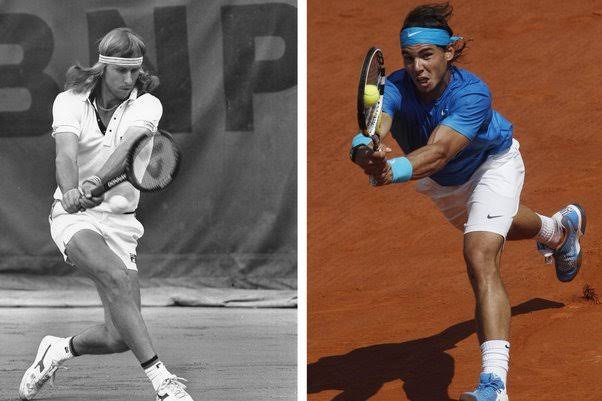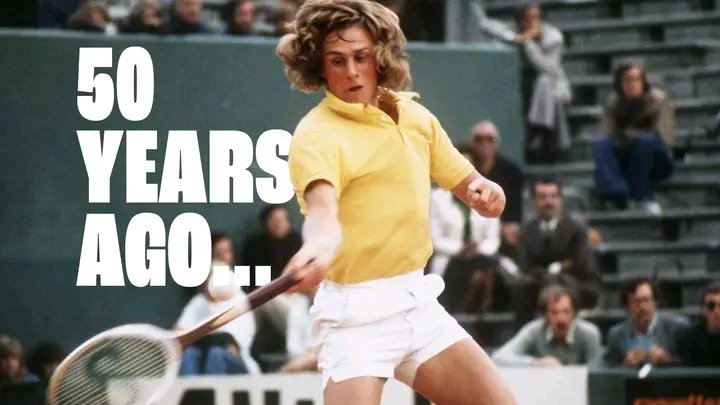
Could Bjorn Borg Have Matched Rafael Nadal’s Dominance on Clay Had He Not Retired Early?
The realm of tennis is rife with debates about the greatest players and their legacies, particularly when it comes to clay courts. Rafael Nadal, with his 14 French Open titles and an extraordinary win-loss record at Roland Garros, is often deemed the undisputed “King of Clay.” However, had Bjorn Borg not retired at the young age of 26, could he have been considered equally dominant?
Bjorn Borg’s clay court prowess was evident during his relatively short but illustrious career. The Swedish legend claimed six French Open titles between 1974 and 1981, a record that stood unchallenged until Nadal’s emergence. Borg’s overall win-loss record at the French Open was an astounding 49-2, a testament to his near invincibility on the Parisian clay. His ability to blend power with precision, along with an unmatched mental fortitude, made him a formidable opponent.
Yet, comparisons between Borg and Nadal require a nuanced understanding of their eras and circumstances. Nadal’s 14 titles at Roland Garros came in a period where the physicality and athleticism of tennis had dramatically evolved. The game witnessed technological advancements in equipment and a shift towards more aggressive playing styles. Nadal’s heavy topspin forehand and relentless baseline play are products of these modern advancements, tailored perfectly for clay dominance.
On the other hand, Borg played with a wooden racket in an era that emphasized endurance and strategic play. His contemporaries, while formidable, did not match the depth and breadth of competition seen in Nadal’s era. This context makes Borg’s achievements on clay all the more remarkable, as he maintained his dominance across surfaces, winning 11 Grand Slam titles in total.
Had Borg continued his career beyond 26, there is little doubt he could have added to his tally of French Open titles. His premature retirement left many questions unanswered, but his legacy on clay remains formidable. While it is speculative to say he would have matched Nadal’s 14 titles, Borg’s consistency and sheer talent suggest he could have remained a dominant force on clay, potentially challenging Nadal’s supremacy in historical discussions.
In conclusion, while Rafael Nadal’s achievements on clay are unprecedented and have set a high bar, Bjorn Borg’s early retirement leaves room for intriguing “what-ifs” in tennis history. Borg’s brief yet impactful career ensures his place among the greats, and with a longer career, he might have carved out an even more significant legacy on the red clay of Roland Garros.


